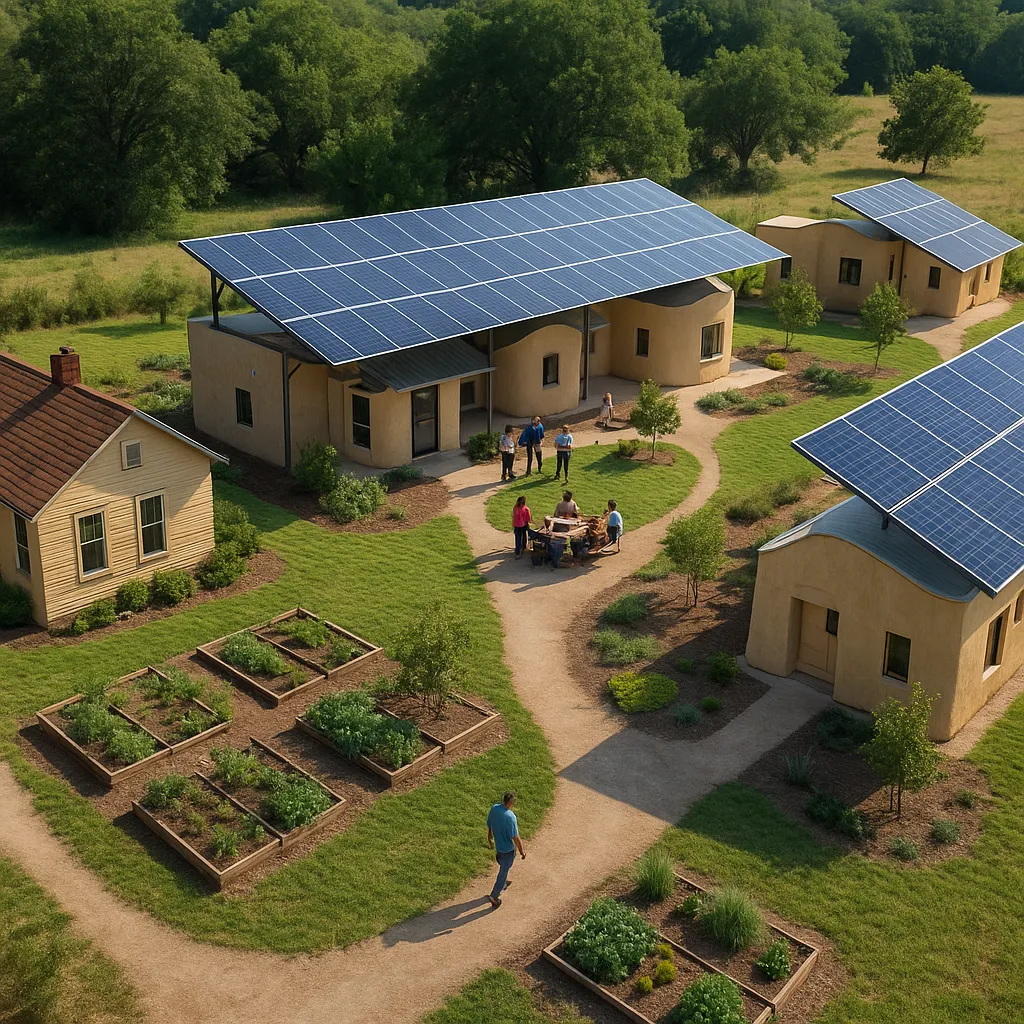
Part #5 - Strength in Numbers: Bundled Innovations vs Competing Head to Head
Bundled innovations within TerraCores don’t have to compete head-to-head with their mainstream rivals. For example: fully-automated farming has promise, but present-day models do not deliver deterministic yields vis a vis traditional large-scale farming.
Fully automated farming bundled within a TerraCores is not required to compete head-to-head with traditional, large-scale farming, AND these deployments can take advantage of the TerraCores infrastructural bundle, for example: the TerraCores already have to solve the water and HVAC problem.
This means that a bundled “automated farming” solution doesn’t have to handle those infrastructural needs alone, thus reducing the cost and maintenance footprint, thereby reducing the barriers that commonly exist for “mainstreaming” a particular innovation.
Cooperative Ownership & Web3-Enabled Land Trusts
One of the most powerful features of the TerraCores model is that it bakes in cooperative governance and fractional ownership from day one. Unlike past efforts (like South Africa’s RDP or American public housing) that relied on centralized control or private landlords, TerraCores are designed to be owned and governed by the people who live in them.
Here’s how it works:
A cooperative is formed to govern the TerraCores, operating as a legal entity (e.g. housing cooperative, mutual benefit corp, or land trust).
Using Web3 technologies, each resident holds an NFT that represents fractional ownership of the land trust and shared infrastructure.
These NFTs aren’t speculative assets; they represent governance rights, equity, and accountability, recorded on a tamper-proof ledger.
The system is compatible with 214 Alpha’s digital governance tools, enabling secure voting, dispute resolution, and transparent decision-making.
This creates a financing structure that’s impossible under traditional models:
You can now unlock novel funding sources like community token offerings, impact DAOs, and peer-to-peer cooperative equity, without waiting for a bank or government grant.
It’s bottom-up capital formation, built on verifiable trust and shared benefit.
Next Up: Part #6: Deployment without Dependency
